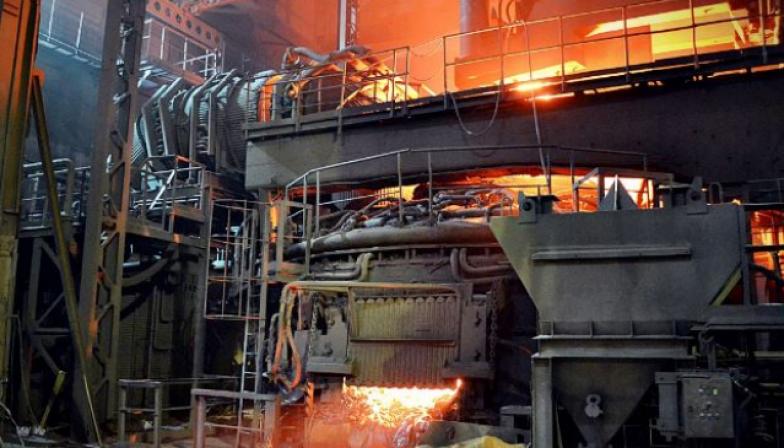Steel could lose its reputation as a climate threat if, by 2050, hydrogen is used instead of fossil fuels for half of global production.
The steel industry can accept hydrogen for between 10% and 50% production by the middle of the century at the right price of carbon. According to the World Steel Association, this sector accounts for up to 9% of global carbon emissions.
“Hydrogen technologies offer an efficient way to reduce emissions from steel production,” said Kobad Bhavnagri, project manager for BloombergNEF, via email. “No big breakthroughs in research and development. If policies were adopted, the world could start producing green steel within a decade. ”
Hydrogen is one of the options for steel companies that are facing louder challenges from lobbyists and climate regulators to solve their carbon problems. This alternative is already being tested by industrial giants, including the largest supplier of ArcelorMittal, as well as the German Thyssenkrupp AG.
Steel is currently produced from mined cast iron using a process that has remained virtually unchanged for over 150 years. Iron ore is first smelted using carbon-enriched coke in huge blast furnaces that emit carbon gases and release liquid metal.
Gases can be used instead of coke as reducing agents in an alternative process called direct reduction iron or DRI. This eliminates the blast furnace and is already being used in some places using natural gas.
“Hydrogen can do everything coal does in the steelmaking process, and the technology for producing non-fossilized steel is already running on natural gas in many parts of the world,” said Bhavnagri. According to a report from Citigroup Inc., DRI accounts for about 6% of the world's steel production.
Hydrogen technologies will be competitive with expensive coal mills when the cost of renewable hydrogen drops below $ 2.20 per kilogram, provided coking coal prices are $ 310 per ton. This is possible by 2030, BloombergNEF said.
Any conversion to hydrogen will create a danger for coking coal producers and their investors. The material has few uses, except in blast furnaces.
“It has long been believed that coal is inviolable and will not be affected by changes affecting the energy sector,” said Bhavnagri. “Hydrogen broadens the horizons of renewable energy right in the front yard of miners.”



